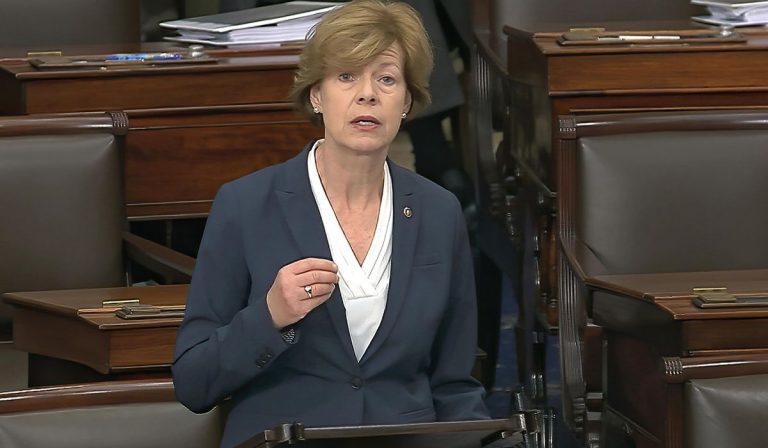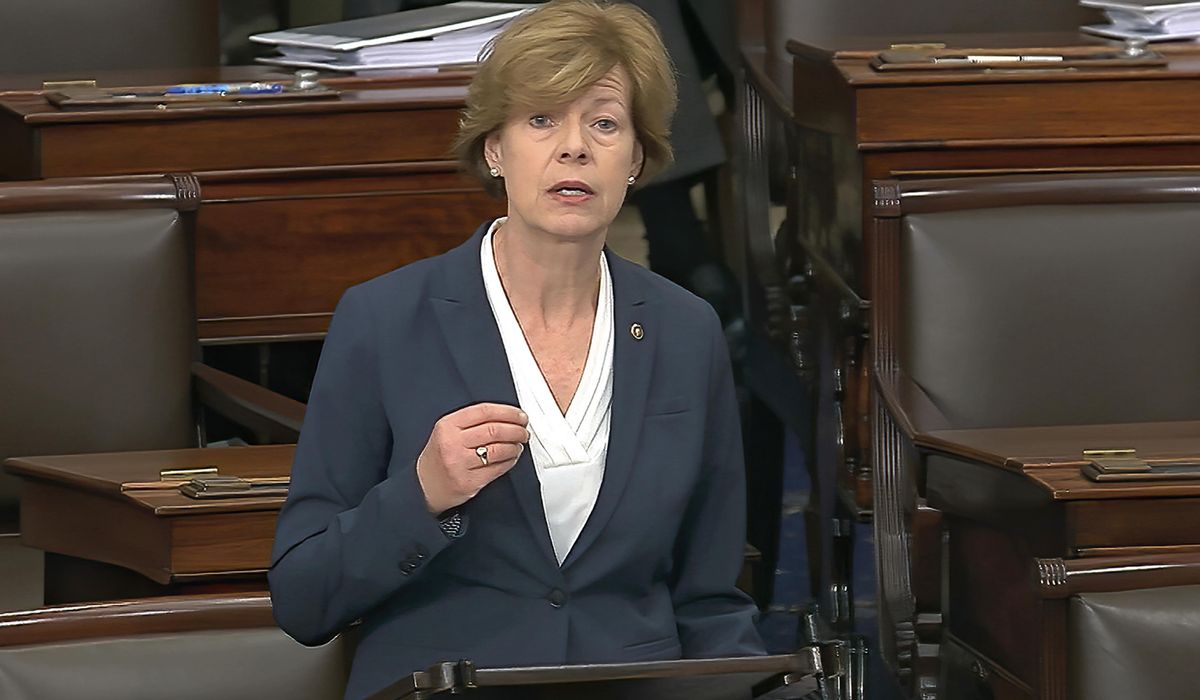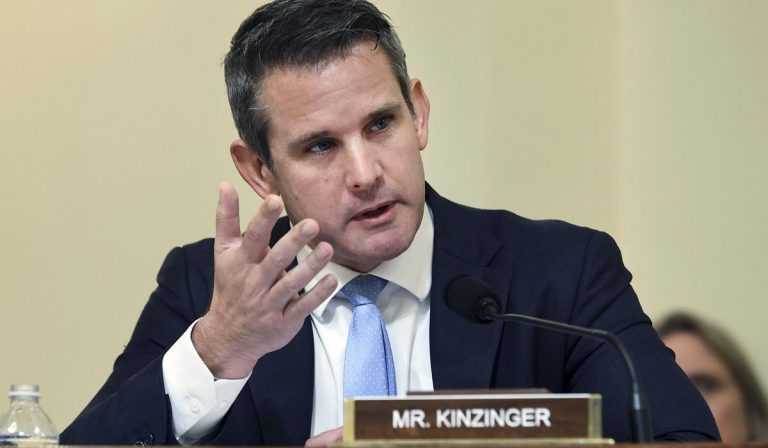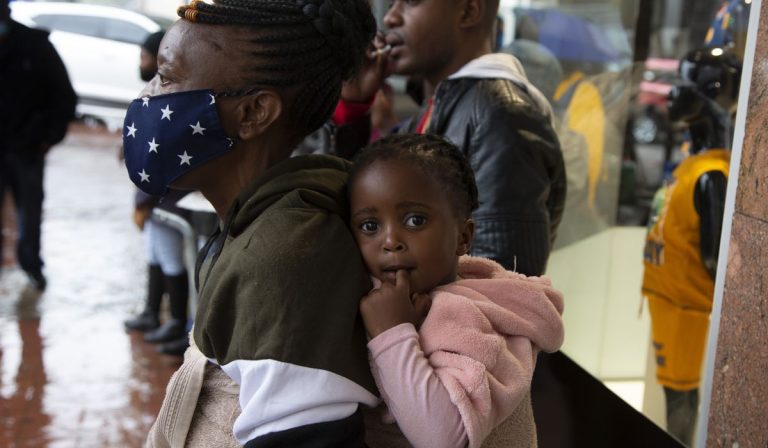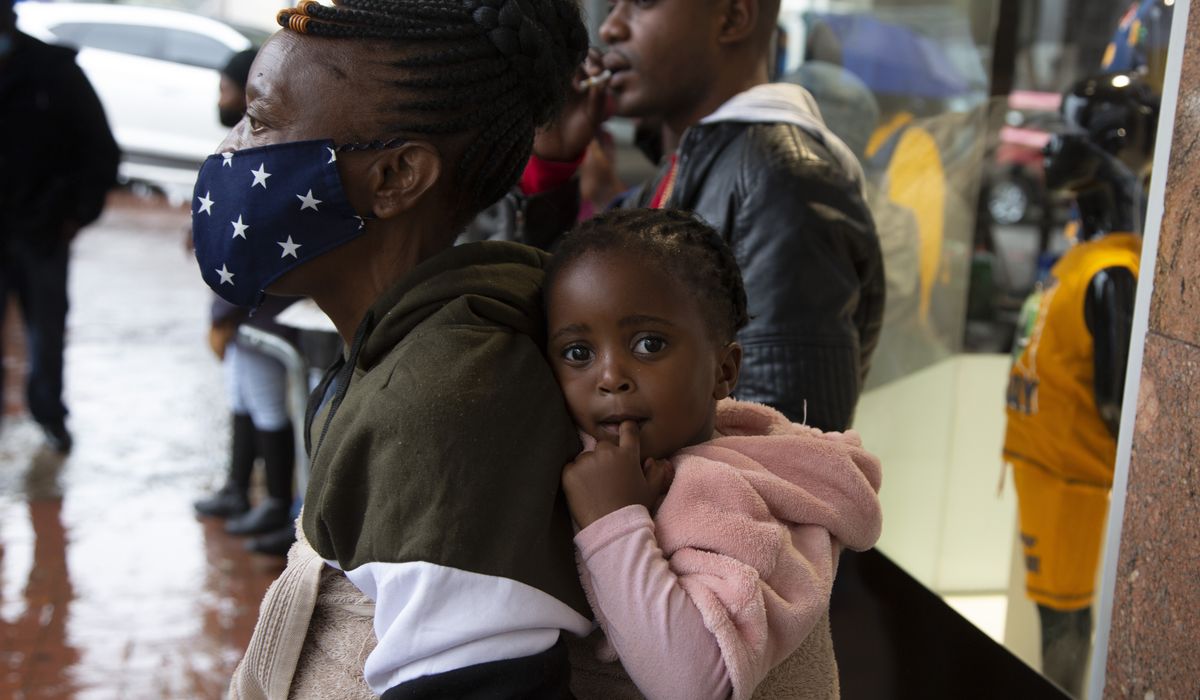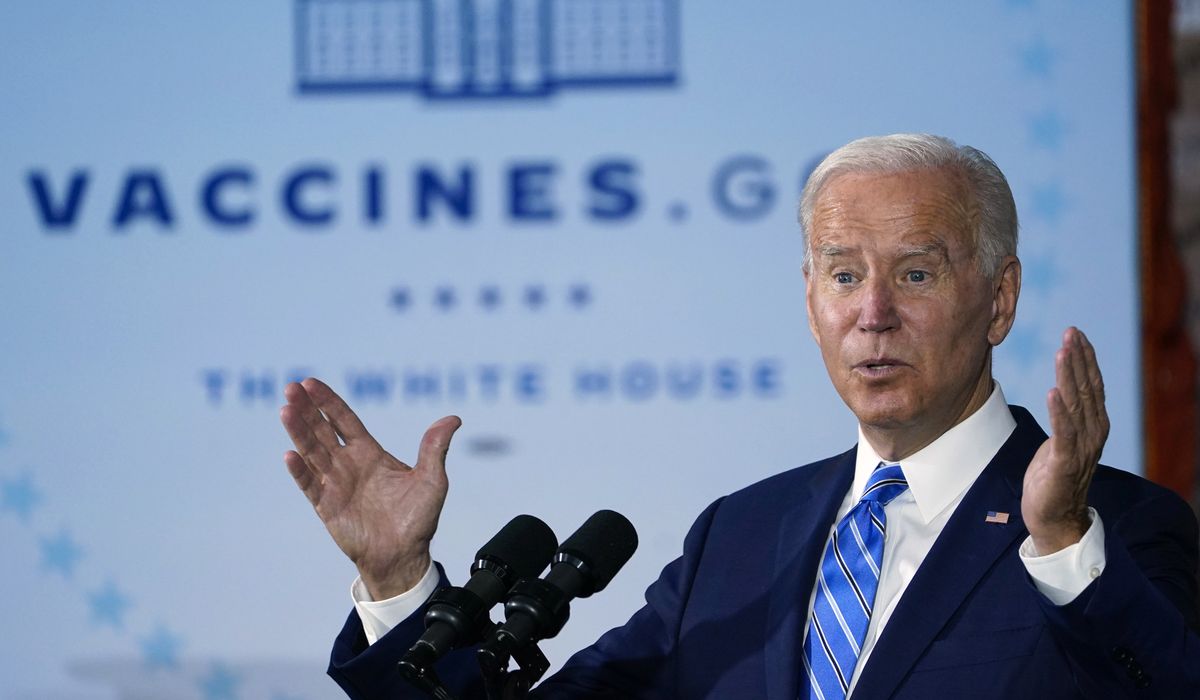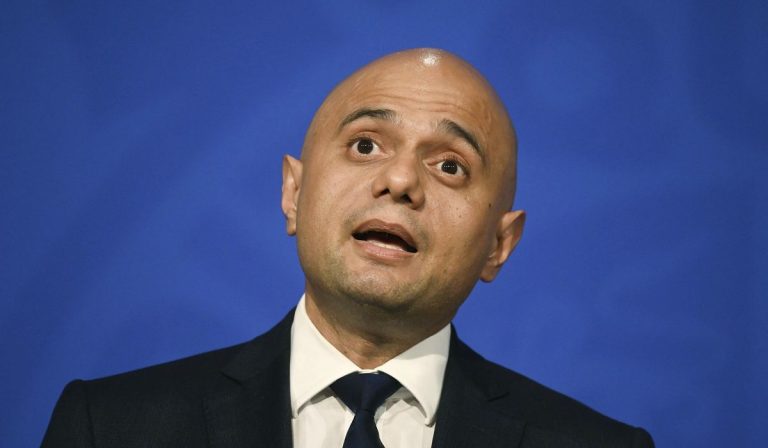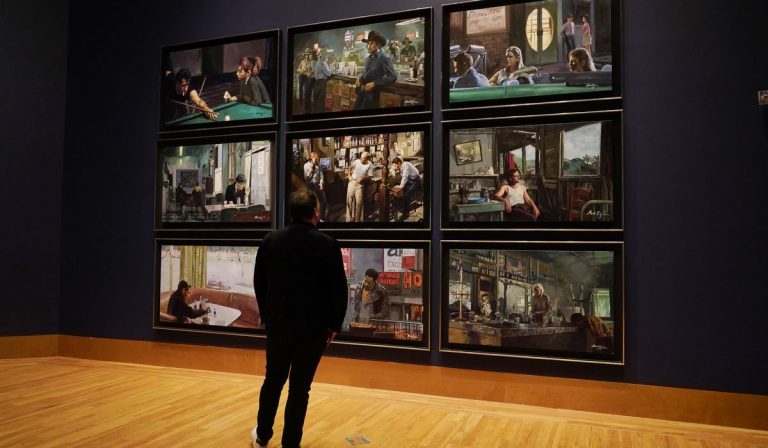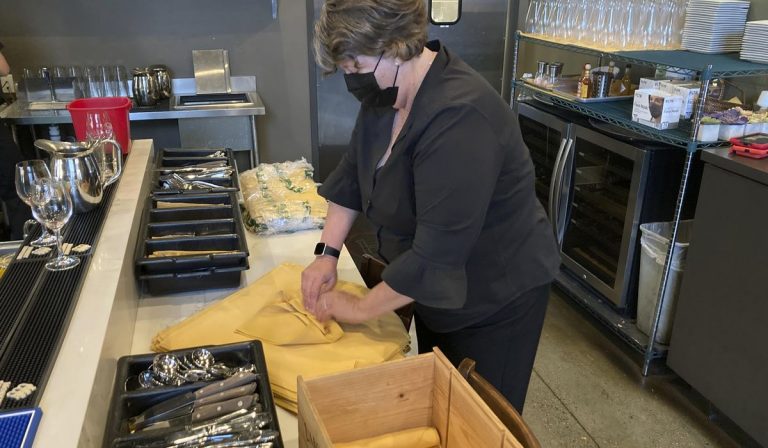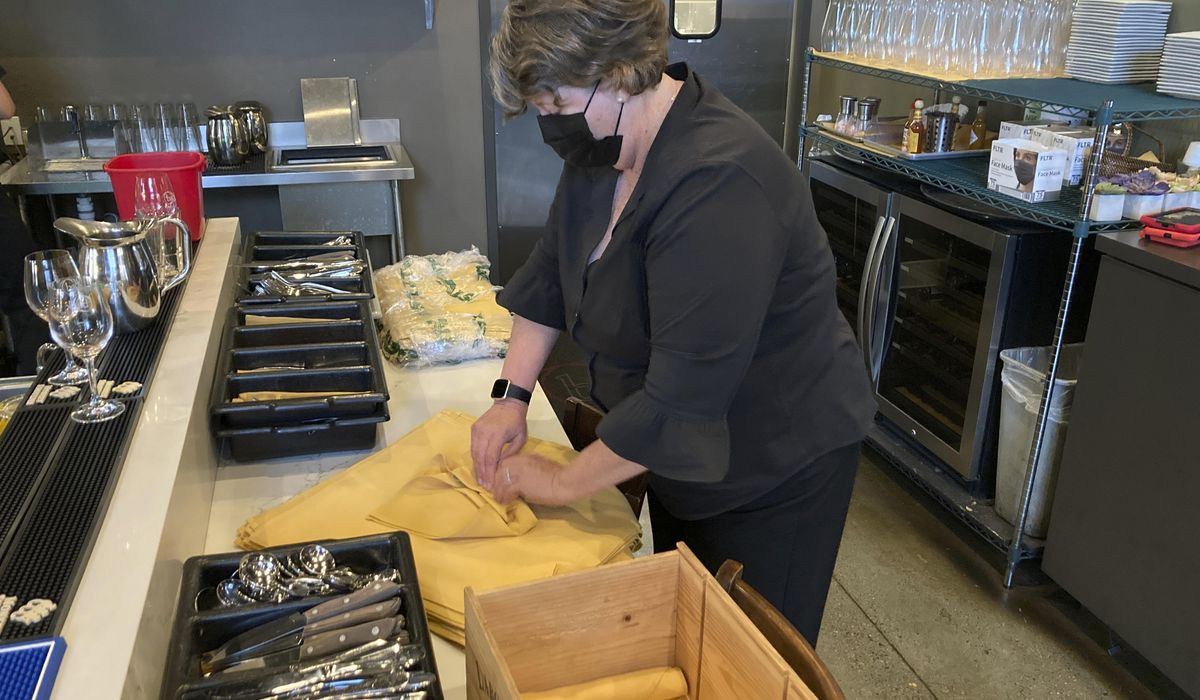
HICKORY, N.C. — Six months into the coronavirus pandemic, as millions of workers lost their jobs and companies fretted about their economic future, something unexpected happened at Hancock & Moore, a purveyor of custom-upholstered leather couches and chairs in this small North Carolina town.
Orders began pouring in.
Families stuck at home had decided to upgrade their sectionals. Singles tired of looking at their sad futons wanted new and nicer living room furniture. And they were willing to pay up — which turned out to be good, because the cost of every part of producing furniture, from fabric to wood to shipping, was beginning to swiftly increase.
More than a year later, the furniture companies that dot Hickory, N.C., in the foothills of the Blue Ridge Mountains, have been presented with an unforeseen opportunity: The pandemic and its ensuing supply chain disruptions have dealt a setback to the factories in China and Southeast Asia that decimated American manufacturing in the 1980s and 1990s with cheaper imports. At the same time, demand for furniture is very strong.
In theory, that means they have a shot at building back some of the business that they lost to globalization. Local furniture companies had shed jobs and reinvented themselves in the wake of offshoring, shifting to custom upholstery and handcrafted wood furniture to survive. Now, firms like Hancock & Moore have a backlog of orders. The company is scrambling to hire workers.
“Not to sound trite, but it’s unprecedented,” said Amy Guyer, vice president for human resources and benefits for the parent company that includes Rock House Farm furniture brands such as Hancock & Moore and Century Furniture.
Yet the same forces that are making it difficult for overseas manufacturers to sell their goods in the United States — and giving American workers a chance to command higher wages — are also throwing up obstacles.
Many of the companies are dependent on parts from overseas, which have been harder — and more expensive — to obtain. Too few skilled workers are seeking jobs in the industry to fill open positions, and businesses are unsure how long the demand will last, making some reluctant to invest in new factories or to expand to towns with bigger potential labor pools.
“We would love to expand capacity,” Ms. Guyer said, “but we’re the furniture mecca of North Carolina — every other furniture company is in the same boat we are.”
Even if there were enough workers, said Alex Shuford, the chief executive of the company that owns Rock House Farm furniture brands, “the surge isn’t going to last as long as it would take to go to a completely trained work force and get them up to speed.”
The current moment, he added, “is abnormal in every way, and not sustainable in any way.”
For now, companies in Hickory are seeing a huge upswing thanks to strong demand and limited supply. Prices for couches, beds, kitchen tables and bedding have shot up this year, climbing by 12 percent nationally through October. Furniture and bedding make up a small slice of the basket of goods and services that the inflation measure tracks — right around 1 percent — so that increase has not been enough to drive overall prices to uncomfortable levels on its own. But the rise has come alongside a bump in car, fuel, food and rent costs that have driven inflation to 6.2 percent, the highest level in 31 years.
What to Know About Inflation in the U.S.
The question for policymakers and consumers alike is how long the surge in demand and the limitations in supply will last. A key part of the answer lies in how quickly shipping routes can clear up and whether producers like the craftsmen in Hickory can ramp up output to meet booming demand. But at least domestically, that is proving to be a more challenging task than one might imagine.
On a wet morning in late October, the sound of electrical sanders whirring and the steady thunks of a craftsman planing a chair leg echoed through one of Century Furniture’s cavernous warehouses. The factory once housed 600 workers tending assembly lines. Now about 250 busily construct tables, chairs and desks.
The plant typically has 2,000 orders in the pipeline, but these days that is more like 4,000, said Brandon Mallard, its manager. Deliveries of ordered furniture used to happen within six to eight weeks; now they can take six months.
The same supply chain problems afflicting nearly every industry are also hitting Century. Dresser drawer handles are trapped on container ships somewhere between Vietnam and North Carolina. For some products, imported wood has faced delays.
Component delivery dates “just keep moving out,” Mr. Mallard said.
Labor has also been a challenge. Employees at Century have been working overtime to catch up with the backlog, but workers burn out, and furniture margins are so thin that paying overtime labor rates can eat into profits. Several of Mr. Shuford’s brands have been raising prices, but because pieces are preordered weeks or months in advance, they have sometimes failed to increase them quickly enough to keep up.
The experience in Hickory is a microcosm of what is playing out on a larger scale across the global economy.
Demand has bounced back after falling early in the pandemic, fueled by government stimulus checks and savings amassed during the pandemic. Spending has lurched away from services and toward goods, and that mix is only slowly normalizing.
The sudden change has thrown a finely balanced global supply chain out of whack: Shipping containers have struggled to get to stockyards where they are needed, container ships cannot clear ports quickly enough, and when imported goods get to dry land, there are not enough trucks around to deliver everything. All of that is compounded by foreign factory shutdowns tied to the virus.
With foreign-made parts failing to reach domestic producers and warehouses, prices for finished goods, parts and raw materials have shot higher. American factories and retailers are raising their own prices. And workers have come into short supply, prompting companies to lift their wages and further fueling inflation as they increase prices to cover those costs.
Chad Ballard, 31, has gone from making $15 per hour building furniture in Hickory at the start of the pandemic to $20 as he moved into a more specialized role.
Mr. Ballard said he came to town four years ago after working construction jobs and at tree services in Florida. He was ready for something more stable and less weather-exposed, and he found it in furniture making. The job has provided stability and enough financial security that he was able to pay off his Jeep and make plans to buy a house with his wife, who also works in the industry.
But there is a flip side to some of the factors that are helping to buoy workers like Mr. Ballard: If inflation continues to rise in the hot-demand economy, it will mean rising costs for them and other consumers that eat into paychecks and make it harder to afford everyday necessities like food and shelter. Already, the heating economy means that Mr. Ballard’s goal of buying a house will be slightly tougher. The typical price for a house in Hickory has shot up 21 percent over the past year to $199,187, according to data from Zillow.
As price increases drag on, economic policymakers worry that consumers and businesses might come to expect sustained inflation and demand steadily higher pay, resulting in a spiral where wages and prices push each other up.
There is reason to believe that such a dire outcome can be avoided. Many economists, including those in the Biden administration, believe that demand will eventually moderate as life shifts back toward more normal patterns and consumers spend down their savings, allowing supply to catch up — possibly by the end of next year.
Understand the Supply Chain Crisis
“We have a labor market that is tight and getting tighter,” said Jared Bernstein, a White House economic adviser. Mr. Bernstein said the administration was predicting that solid wage growth would outlast rapid inflation, improving worker leverage.
The White House has also been pledging to foster more domestic manufacturing. This moment could help that agenda as it exposes the fragility of far-flung supply networks.
But pandemic employee shortages, which are happening across the United States in part because many people have chosen to retire early, could also serve as a preview of the demographic shift that is coming as the country’s labor force ages. The worker shortages are one reason that ambitions to bring production and jobs back from overseas could prove complicated.
Hickory’s furniture industry was struggling to hire even before the coronavirus struck. It has a particularly old labor force because a generation of talent eschewed an industry plagued by layoffs tied to offshoring. Now, too few young people are entering it to replace those who are retiring.
Local companies have been automating — Hancock & Moore uses a new digital leather cutting machine to save on labor — and they have been working to train employees more proactively.
Several of the larger firms sponsor a local community college’s furniture academy. On a recent Thursday night, employers set up booths at a jobs fair there, forming a hopeful ring around the doorway of the school’s warehouse, welcoming potential candidates with branded lanyards and informational material. It was the first furniture-specific event of its kind.
But progress is slow, as companies try to assure a new — and smaller — generation of young people that the field is worth pursuing. Corporate representatives far outnumbered job seekers for much of the night.
“It’s such a tough market to find people,” said Bill McBrayer, human resources manager at Lexington Home Brands. Companies are turning to short-term workers, but even firms specializing in temporary help cannot find people.
“I’ve been in this business 35 years,” he said, “and it’s never been like this.”


